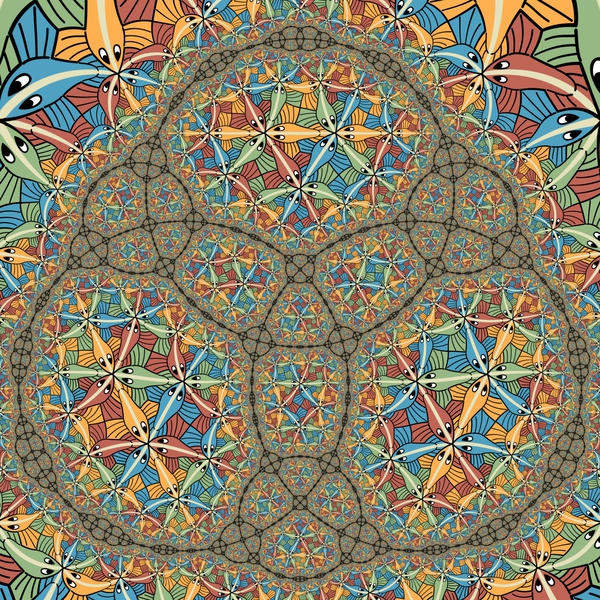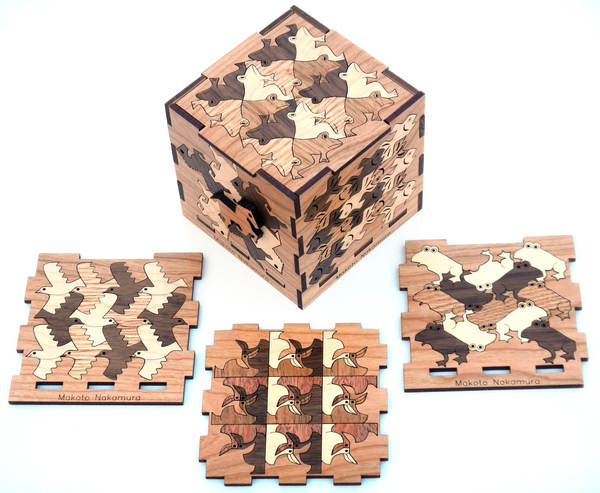
The International Conference on Mathematical Modeling in Physical Sciences is to be held at Prague, Czech Republic during September 1-5, 2013. The conference aims to promote the knowledge and the development of high-quality research in mathematical fields that have to do with the applications of other scientific fields and the modern technological trends that appear in them, these fields being those of Physics, Chemistry, Biology, Medicine, Economics, Sociology, Environmental sciences etc.
Topics
ICMSQUARE-2013 topics encompass, but are not restricted to, the following areas:
- mathematical modeling in Fundamental Physics
- evolutionary computation
- complex physical and technical systems
- software and computer complexes for experimental data processing
- qualitative modeling including fuzzy and iterative approaches to modeling
- nonlinear problems
- computational chemistry, biology, and biophysics
- new generation computing tools, distributed scientific computing
- computational modeling in engineering and science
- multiscale modeling, multiphysics modeling
- progress in discretization methods
- financial mathematics and mathematics in economics etc.
Venue
The conference is to be held at Prague, Czech Republic during September 1-5, 2013 at the Conference Center of the Orea Hotel Pyramida 4*. The hotel is situated by Hradcany and Strahov, within walking distance from the Prague Castle, Loreta, Strahov monastery and the Lesser Town. The Conference Center of the Hotel Pyramida offers ten fully air-conditioned conference rooms. Together they can accommodate up to 1100 people.
Registration and submission
All the actions related to the IC-MSQUARE 2013 (paper submission, registration etc) may be completed via the Conference website at http://www.icmsquare.net.
Important dates:
Tuesday, 30 April 2013, Abstract submission deadline
Wednesday, 15 May 2013, Notification of acceptance
Friday, 31 May 2013, Early registration deadline
Wednesday, 31 July 2013, Full paper review submission deadline
Sunday, 1 September 2013, Conference opening
Organizing committee
Prof Theodosios Christodoulakis
Dr Elias Vagenas
Prof Dimitrios Vlachos













